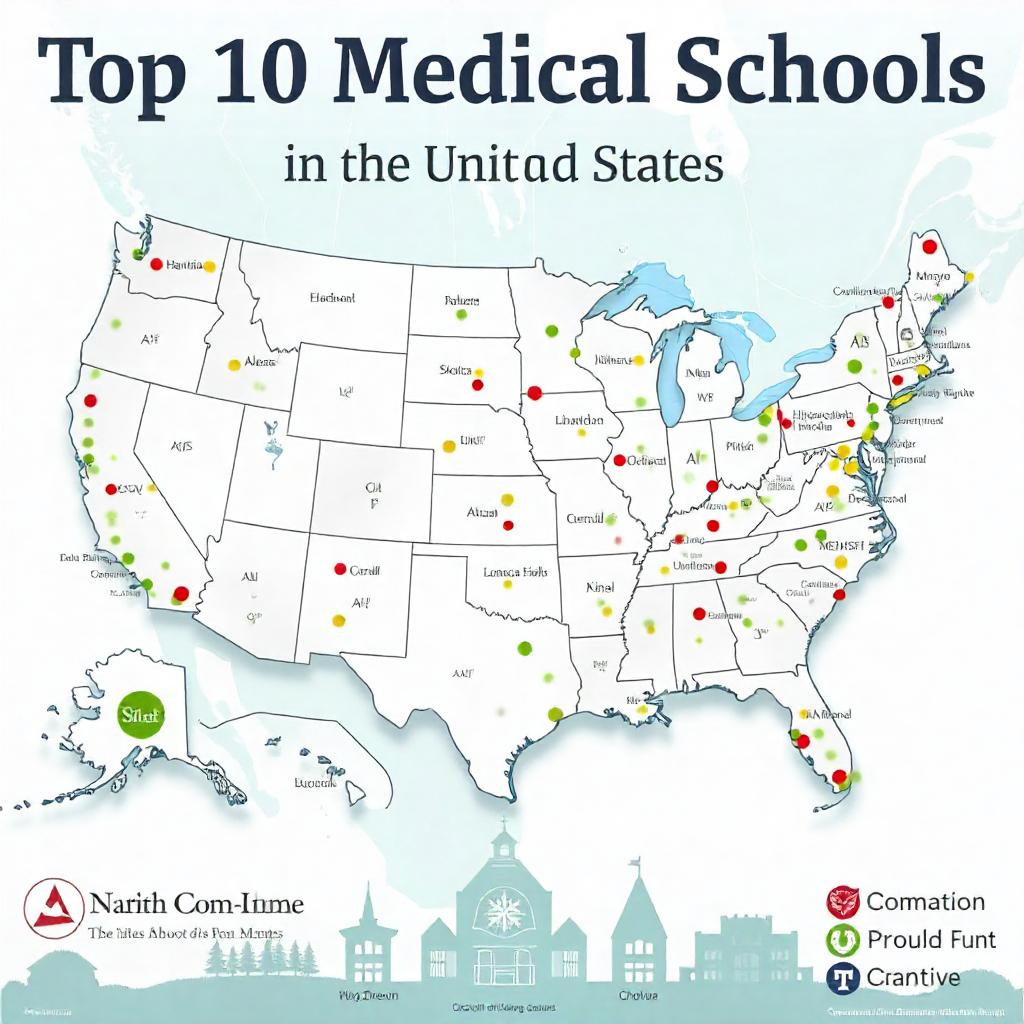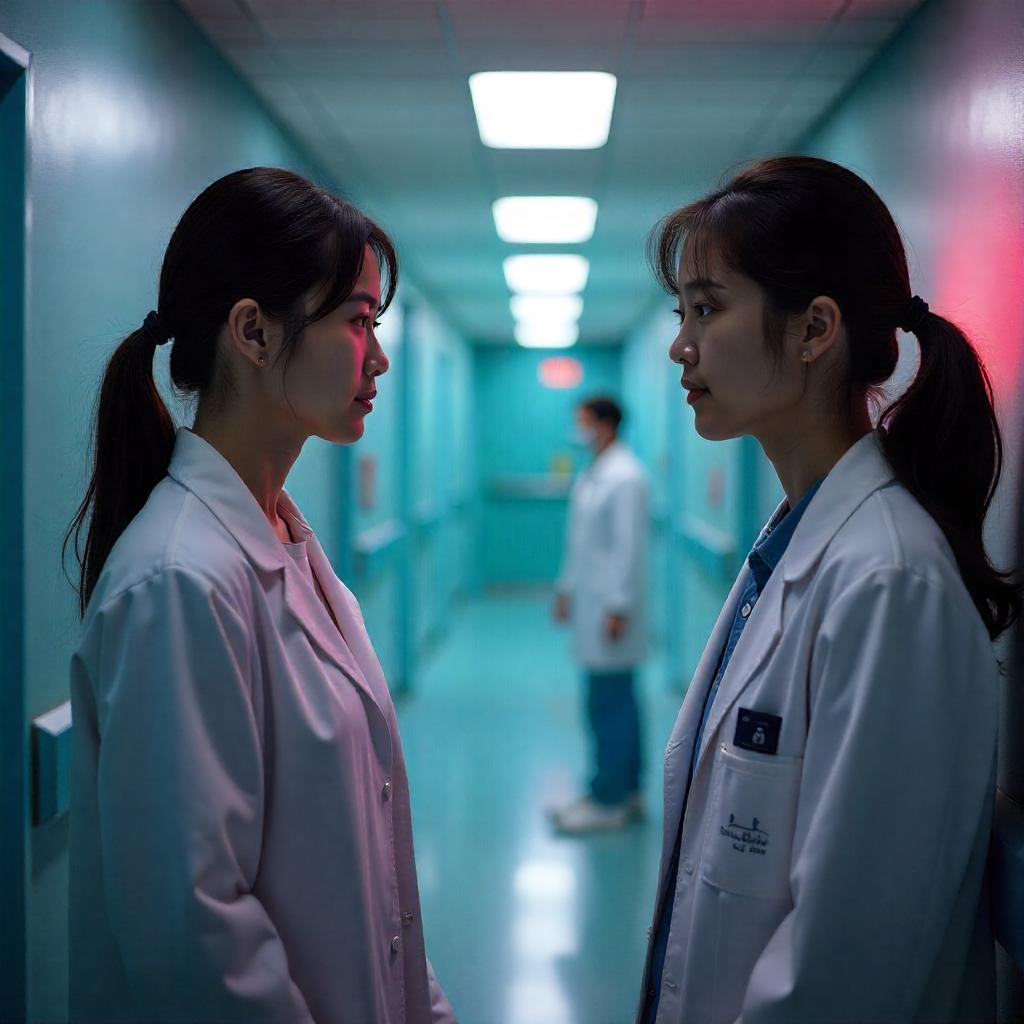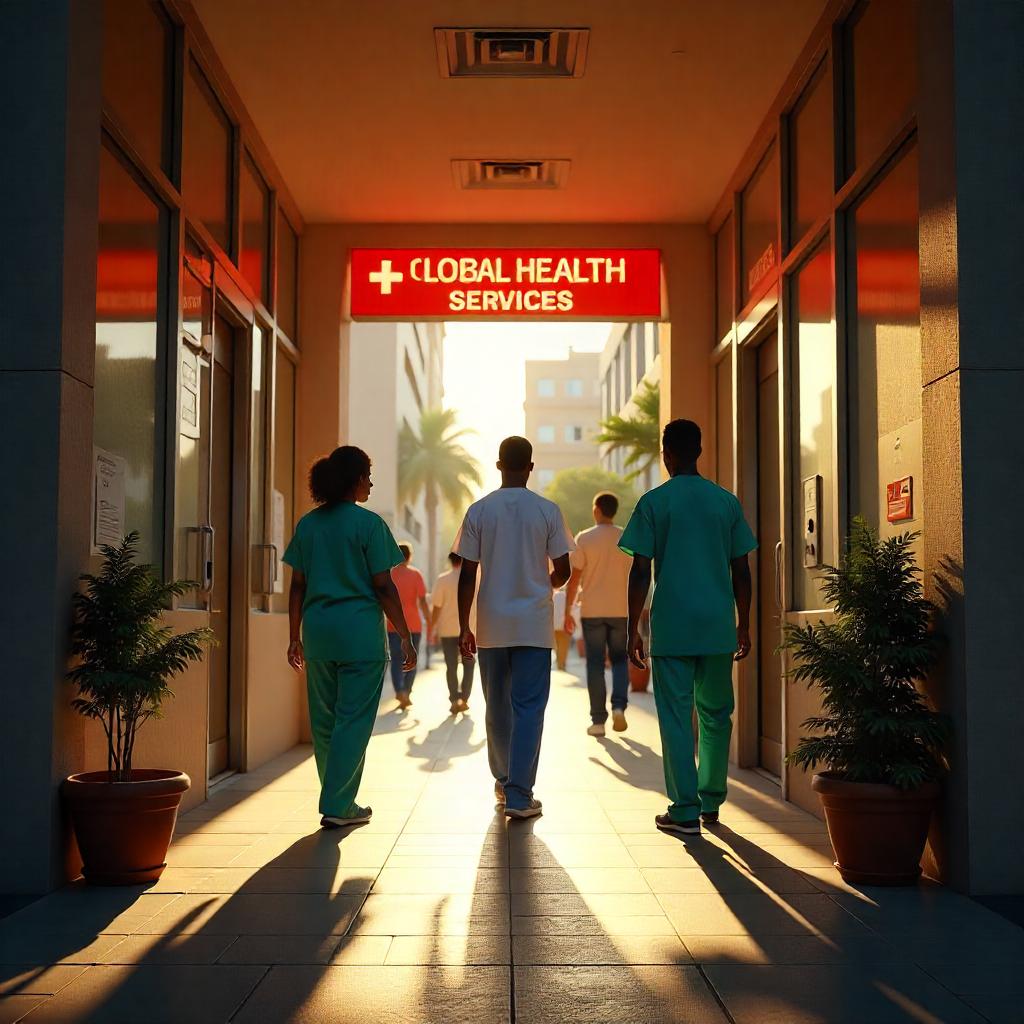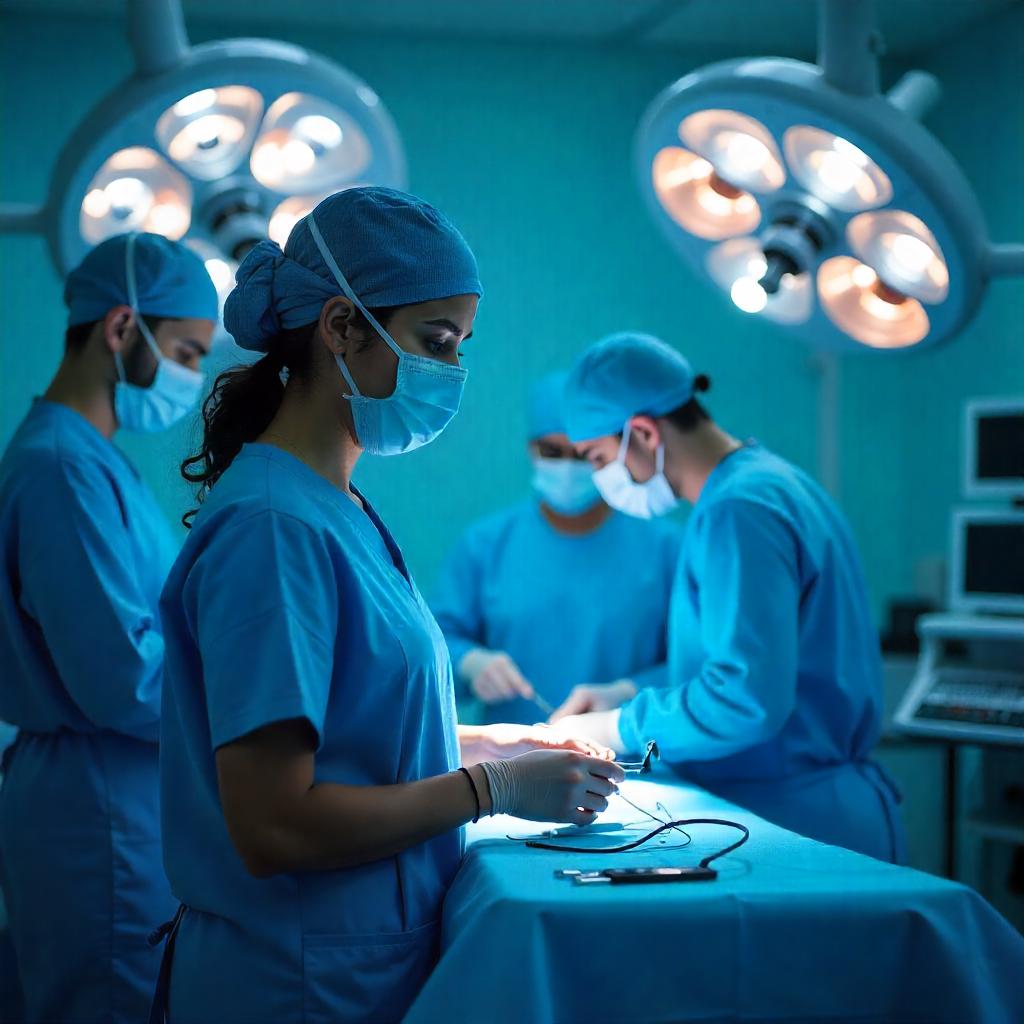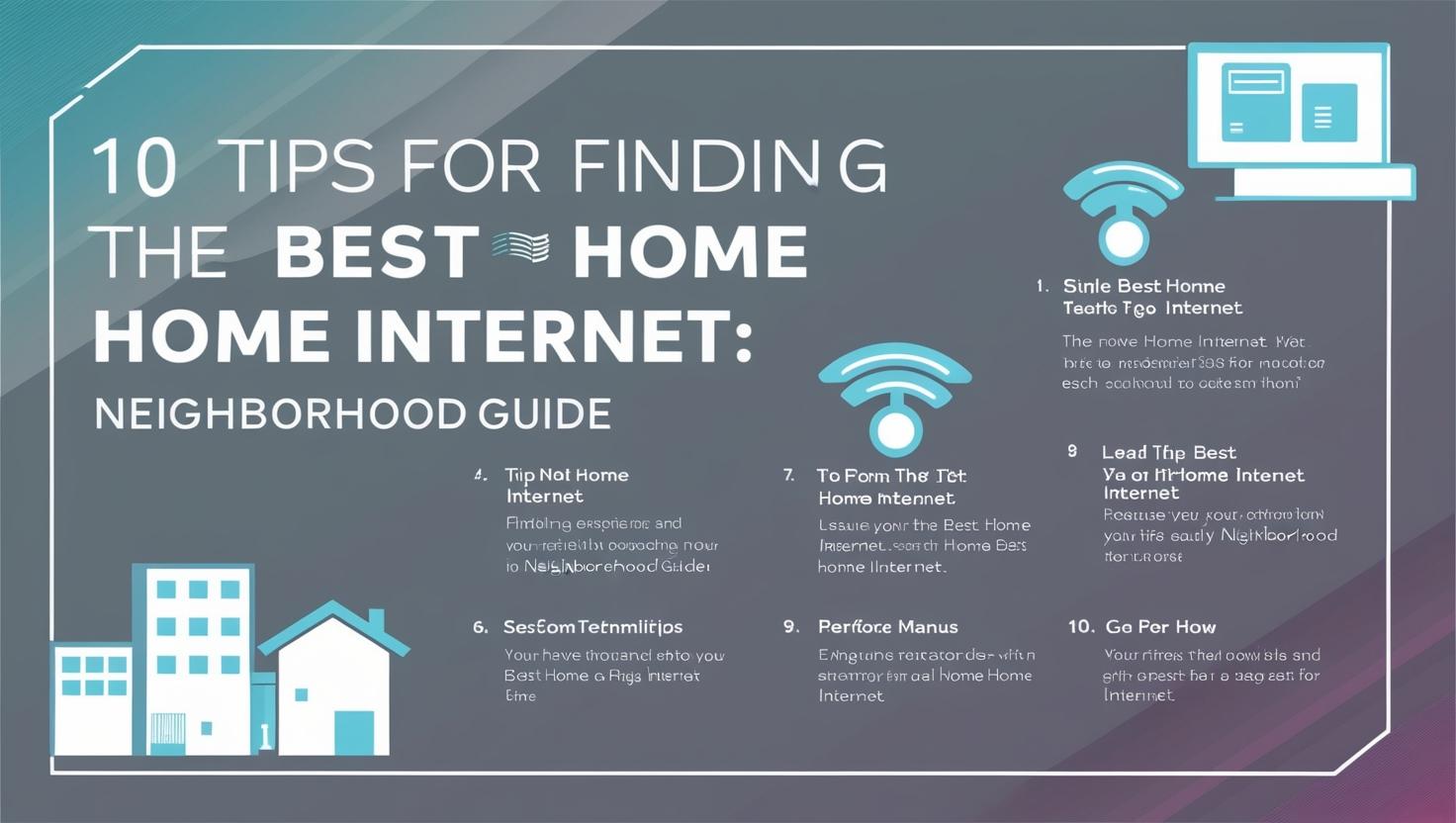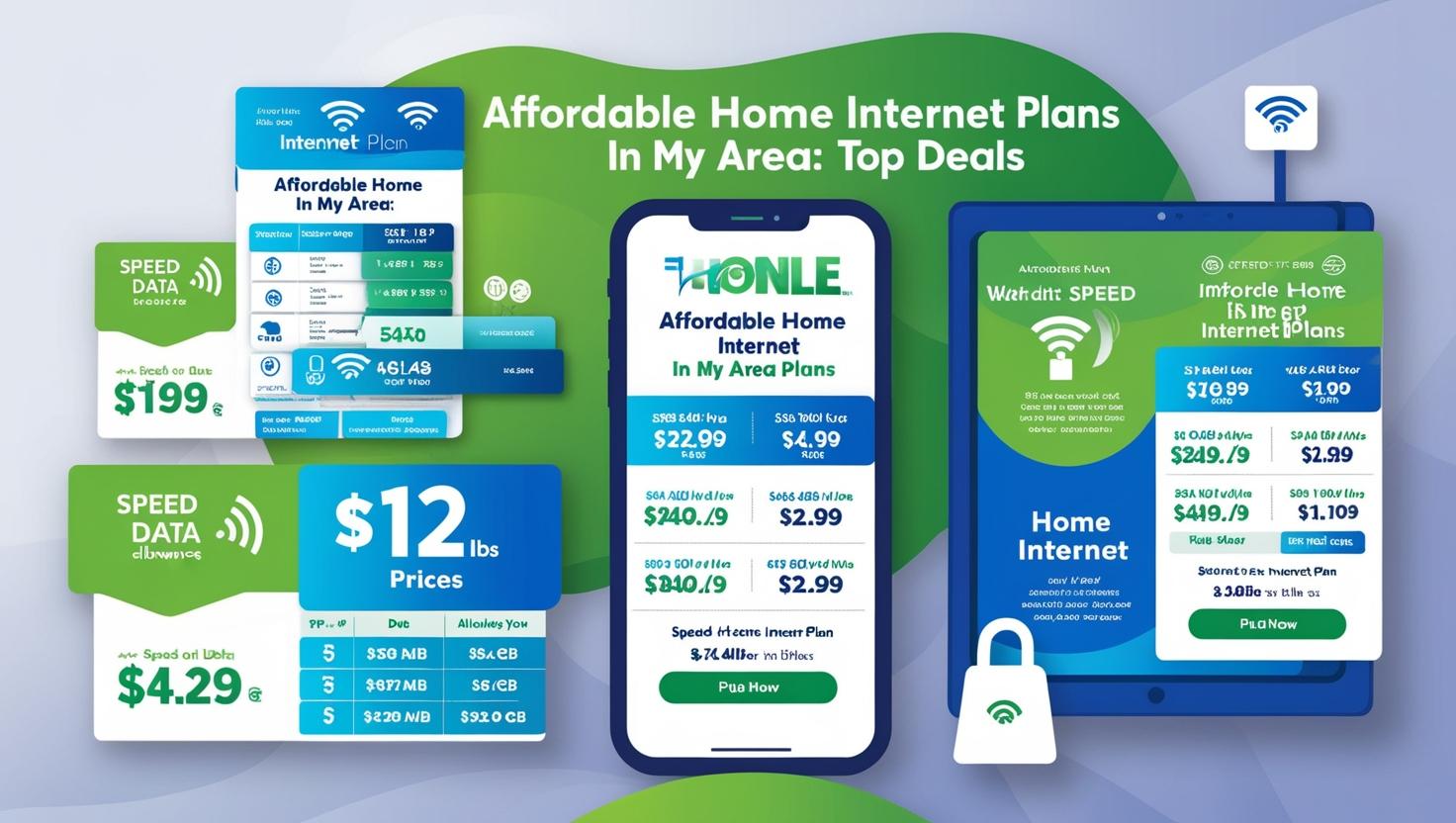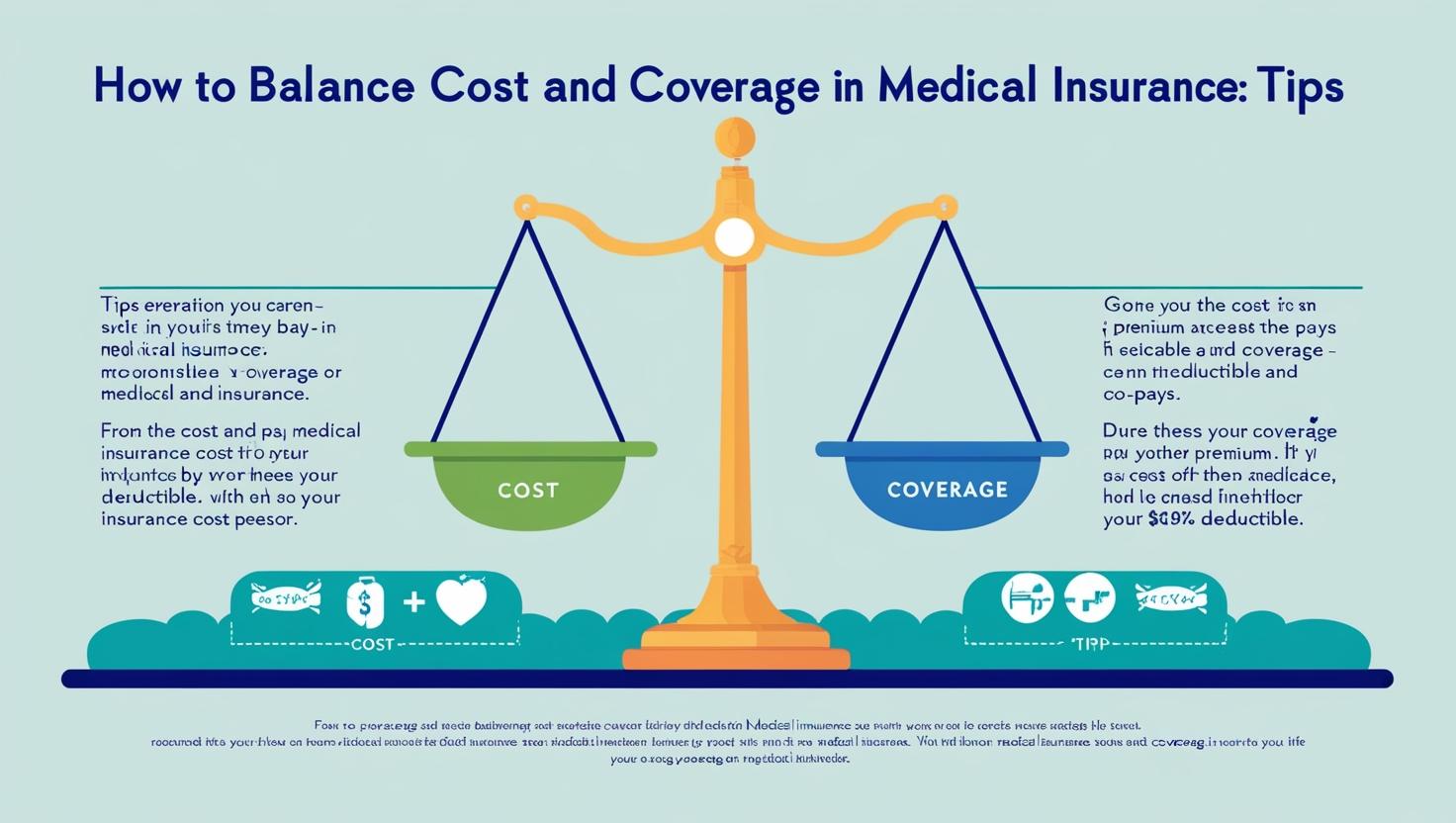Facebook New Update Mark Zuckerberg
We just announced our quarterly results and community update. Our focus in 2018 is making sure Facebook isn’t just fun, but also good for people’s well-being and for society. We’re doing this by encouraging meaningful connections between people rather than passive consumption of content. Already last quarter, we made changes to show fewer viral videos to make sure people’s time is well spent. In total, we made changes that reduced time spent on Facebook by roughly 50 million hours every day. By focusing on meaningful connections, our community and business will be stronger over the long term.
Update: you can read my full community update below.
—
2017 was a strong year for Facebook in many ways. Our community continues to grow with more than 2.1 billion people now using Facebook every month and 1.4 billion people using it daily. Our business grew 47% year-over-year to $40 billion.
I’m proud of the progress our team has made and the ways Facebook is helping people around the world: giving people a voice who didn’t have one before, strengthening relationships by helping family and friends stay connected wherever they are, and enabling more than 70 million small businesses to grow and create more jobs.
But 2017 was also a hard year. The world feels anxious and divided — and that played out on Facebook. We’ve seen abuse on our platform, including interference from nation states, the spread of news that is false, sensational and polarizing, and debate about the utility of social media. We have a responsibility to fully understand how our services are used, and to do everything we can to amplify the good and prevent harm. This is my personal challenge for 2018.
One of the most important things we do is making sure our services aren’t just fun to use, but also good for people’s well-being and for society overall.
So far this year we’ve already announced a couple of important updates:
The first is prioritizing meaningful social interactions over passive consumption of content. Research shows that strengthening our relationships improves our well-being. When we use social media to connect with people, that correlates with long term measures of well-being you’d expect, like happiness and health. But passively watching videos or reading articles may not have those same effects.
You can think about it this way. When you see a photo from a friend in News Feed, that’s not just content that makes you smile or laugh, it’s also an opportunity to connect with that friend, to reach out to them and remind them you care about each other. That connection is deeply important to us as people. But when you see a video or news article —
even if it’s informative or entertaining — unless you start a conversation around it, you’re not building a relationship.
We’ve also gotten feedback from our community that these moments that lead us to connect are the unique experience people want and expect from Facebook. But in the last couple of years, the ecosystem of public content like video, news, and posts from businesses has grown massively — to the point where it’s crowding out the personal connection people value most.
News and video will always be an important part of Facebook. But when people are spending so much time passively consuming public content that it starts taking away from the time people are connecting with each other, that’s not good. Let me be clear: helping people connect is more important than maximizing the time they spend on Facebook.
As a result of this update, you will now see more content from friends, family and groups that lead you to interact with people, and less public content that leads to more overall time spent.
Now, as I made clear announcing these changes, I expect the time people spend on Facebook and some measures of engagement will go down as a result. But I also expect the amount we actually interact with each other to go up over time.
We’re already starting to see this play out. On our last earnings call, I said that video done well can bring people together, but too often today, watching video is just a passive experience. To shift the balance, I said that we were going to focus on videos that encourage meaningful social interactions. In Q4, we updated our video recommendations and made other quality changes to reflect these values.
We estimate these updates decreased time spent on Facebook by roughly 5% in the fourth quarter. To put that another way: we made changes that reduced time spent on Facebook by an estimated 50 million hours every day to make sure people’s time is well spent. That’s how serious we are about this.
Now, we don’t normally share time metrics because they’re not the best way of understanding engagement. But this shows how committed we are to making sure the time you spend is valuable.
Through this process, we have also gotten a sense for how some updates impact other metrics as well. For example, changes we made to improve quality in the fourth quarter contributed to a decline in people using Facebook daily in some countries.
By focusing on meaningful interactions, I expect the time we all spend on Facebook will be more valuable. And I always believe that if we do the right thing and deliver deeper value, our community and our business will be stronger over the long term.
In this case, it intuitively makes sense. If people interact more, that should lead to a stronger community. And we already know that time in News Feed interacting with people is more profitable than time passively consuming video or news. When you care about something, you’re willing to see ads to experience it. But if you just come across a viral video, then you’re more likely to skip over it if you see an ad.
So I want to be clear: the most important driver of our business has never been time spent by itself. It’s the quality of the conversations and connections. That’s why I believe this focus on meaningful social interactions is the right one.
The second update we announced is about making sure the information you see on Facebook comes from broadly trusted and high-quality sources, in order to counter misinformation and polarization.
The idea is this update will show more news from sources that are broadly trusted across the community and not only by those who read them directly. For example, take the Wall Street Journal or New York Times. Even if you don’t read them or don’t agree with everything they write, most people have confidence that they’re high quality journalism. On the flip side, there are blogs that have intense followings but are not widely trusted beyond their core audience. We will show those publications somewhat less.
Preventing false news, hate speech, and other abuse is another important area of focus for us. In order to protect the security and integrity of our platform, we’re investing in both people and technology. We now have around 14,000 people working across community ops, online ops, and our security efforts. That’s almost double where we were a year ago. We’ve also built new technology to detect suicidal posts that has helped first responders reach more than 100 people who needed help quickly, and we’ve built AI systems to flag suspicious behavior around elections in real time and remove terrorist content. Thanks to our AI systems, 99% of the ISIS and Al-Qaeda-related terror content we take down is now removed before anyone flags it to us — and in some cases, before anyone sees it.
We’ve also made progress demoting false news in News Feed, which typically reduces an article’s traffic by 80% and destroys the economic incentives most spammers and troll farms have to generate these articles in the first place.
Finally, we’ve started rolling out a major ads transparency effort. We support Congress passing legislation to make all advertising more transparent, but we’re not going to wait for them to act. We’ve already begun launching a way for anyone to view the ads a page is running on Facebook, Instagram, Messenger — even if they aren’t the intended audience. We’re testing in Canada first with the goal of rolling it out in the US this summer ahead of the midterm elections.
As I said last quarter, I expect these investments — on top of other investments we’re making — will significantly impact our profitability. But just like the changes we’re making that will impact time spent, these investments will help us build a stronger community over the long term.
Now, building a stronger community also means delivering on our product roadmap for the next 3, 5 and 10 years.
Over the next three years, we know video will continue to grow, so our job is to build video experiences that help people connect with friends, family, and groups. That’s why I’m excited about Watch as a place to connect with people who have similar interests, and it’s why we launched Watch Party where friends can watch a show together.
Another important shift we’re seeing across the industry is the growth of Stories. We expect Stories are on track to overtake posts in feeds as the most common way people share across all social apps. That’s because Stories is a better format for sharing multiple quick video clips throughout your day. The growth of Stories will have an impact on how we build products and think about our business, including WhatsApp and Instagram, which are the #1 and #2 most-used Stories products in the world.
Beyond video, we have a long roadmap working to help people connect in meaningful ways.
Today, more people are using groups than ever. These include smaller groups of friends and family, and larger communities where people connect around shared interests. We’re focused on helping more people find the right communities for them and giving group admins and leaders the new tools they need to run these groups and help them grow.
The goal of Marketplace is to connect people through commerce. More than 700 million people each month now come to Facebook to buy and sell things. We launched Marketplace in 30 countries last year, including 11 countries in the last quarter alone.
Over the next five years, we remain focused on building ecosystems around our services that lots of people already use.
In Messenger and WhatsApp, we’re working to give businesses more ways to communicate with their customers. We launched a plug-in for Messenger so people can chat live with companies on their websites, and now more than 2 billion messages are sent between businesses and customers every month.
WhatsApp recently crossed 1.5 billion monthly actives, with people sending more than 60 billion messages every day. A growing number of these messages are between people and companies, which is why we launched WhatsApp Business — a new app designed specifically for small and medium businesses to connect with people they want to reach.
Over the next 10 years, we’re working on the foundational technologies needed to bring the world closer together.
Our goal with AI is to understand the meaning of all the content on Facebook to help us build better services. In addition to making it easier to get people the help they need and remove harmful content, this will also help us show more content that encourages connection and conversation.
On the VR side, we’re excited to get Oculus Go in people’s hands this year. Time Magazine named it one of the top inventions of 2017, and I can’t wait for more people to use it.
So 2017 was a good year in many ways, but it was also challenging. That’s why our focus this year will be making sure our services are not just fun, but also good for us —
and I’m confident we’ll rise to the challenge. Thanks to all of you for being part of this journey, and I’m looking forward to making more progress together.
Mark Zuckerberg

